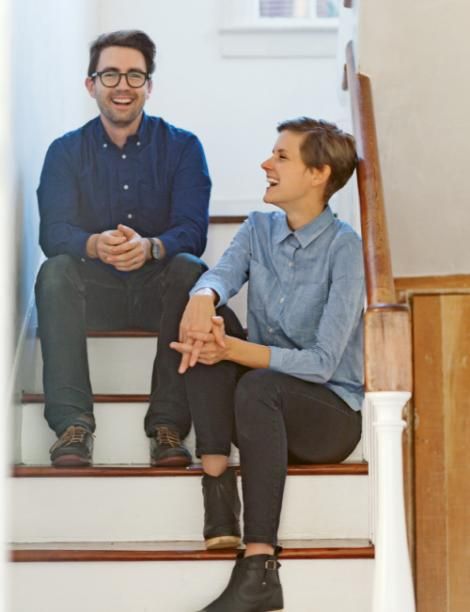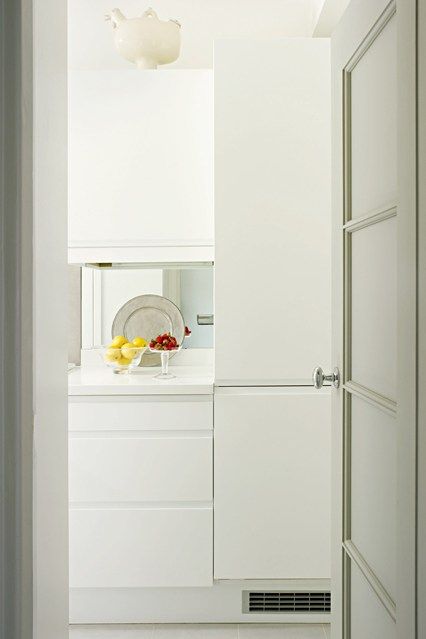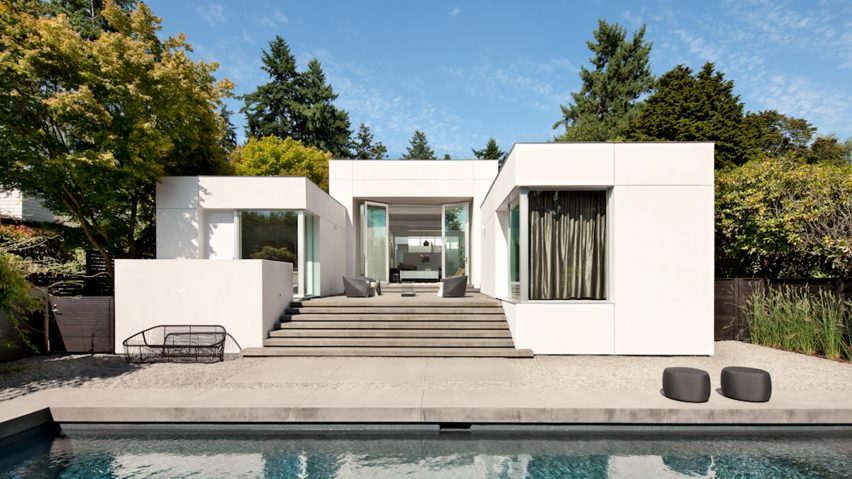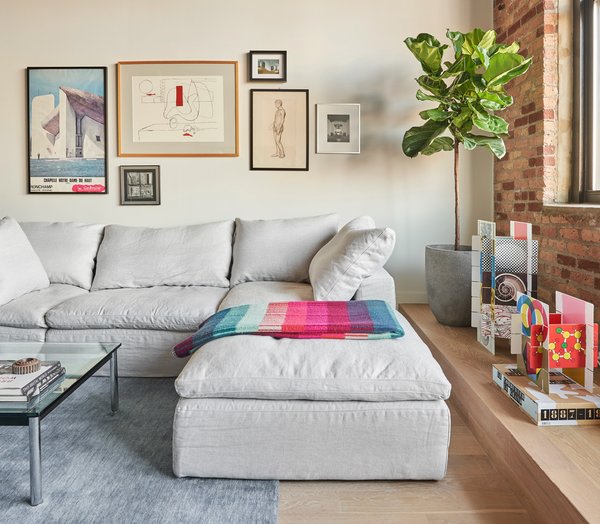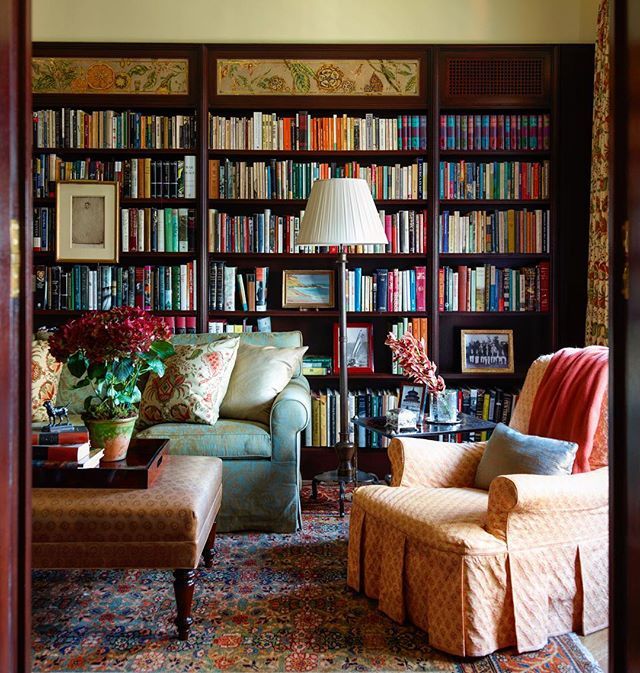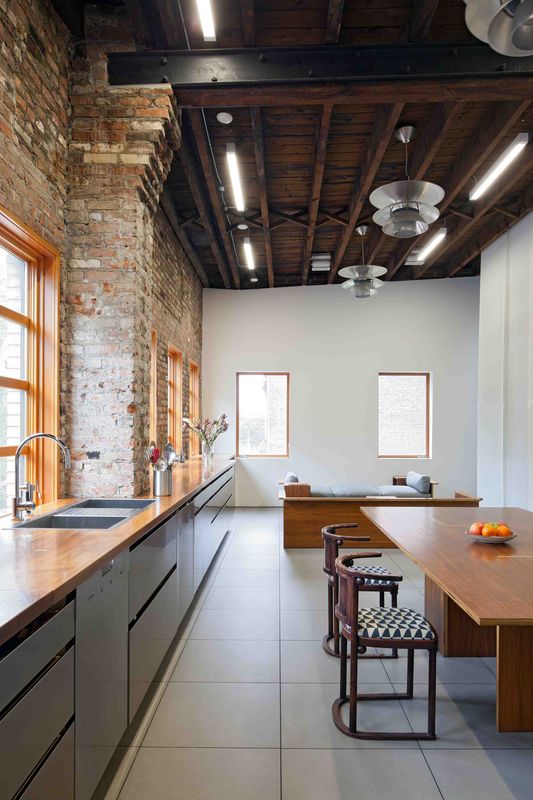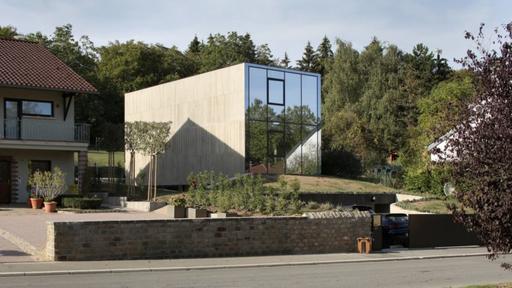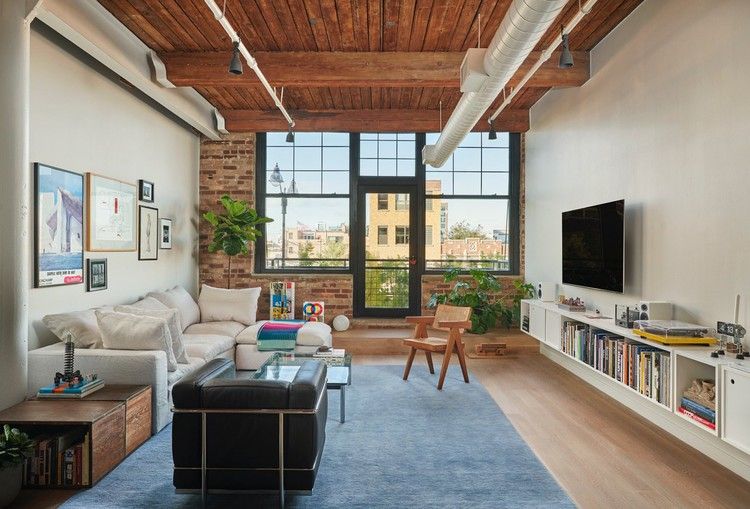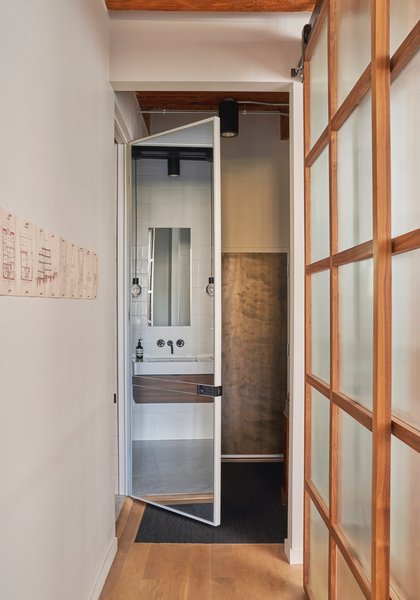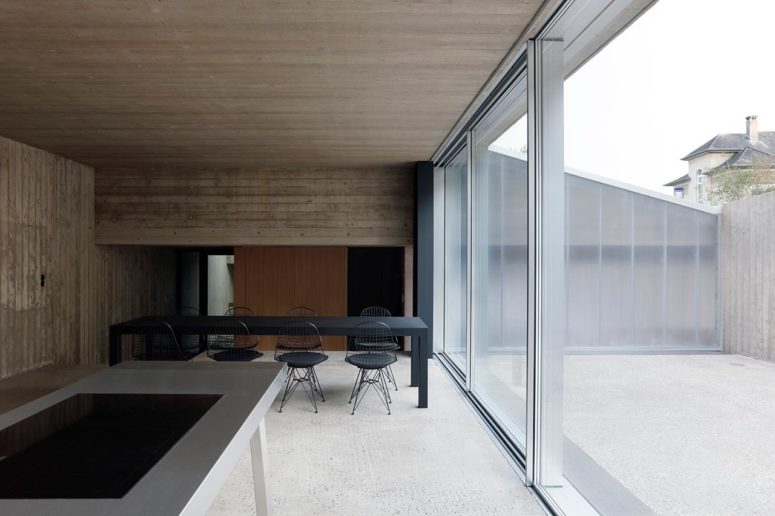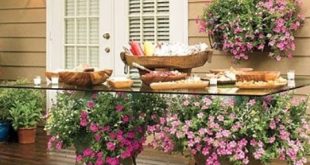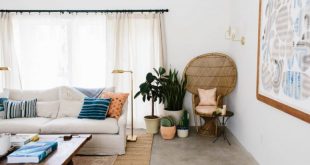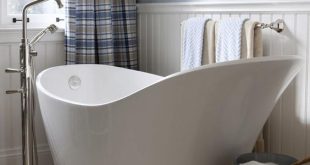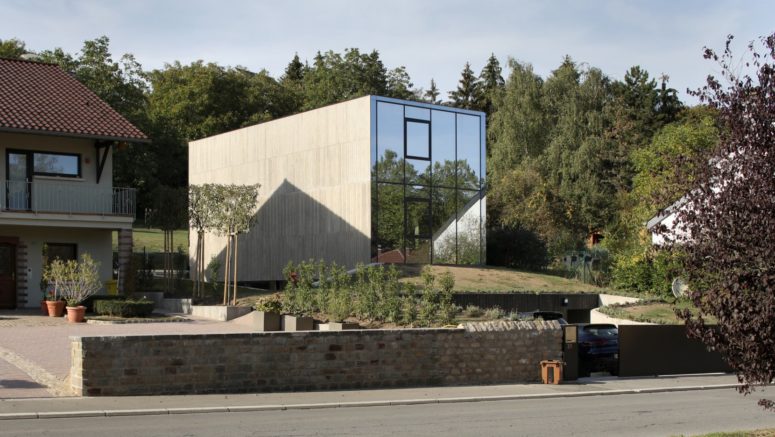
The Hercule House was designed by the Luxembourg-based architectural firm in 2001 and is a concrete and glass volume that stands out from the neighboring farmhouses and suburban villas due to its monolithic monumentality. It’s a bold sculptural statement that takes advantage of the sloping terrain. Let’s take a closer look.
A gentle slope leads down to the basement of the house with a fitness and wellness area, a laundry room, a wine cellar and the garage, in the middle of which are the living rooms. The room is designed as a large open living room that also includes the kitchen and dining area. It opens to a sunken courtyard that lets in plenty of natural light to illuminate the interior spaces, as well as the adjacent garage and fitness room, which are located behind translucent panels.
Above ground, the cubic volume houses three bedrooms on two floors. On the shorter street and garden sides, the facades are designed as curtain walls with reflective glass that offer both sun protection and privacy, not to mention the wide view of the surroundings. It’s also a clever way to incorporate the monolithic volume into the green neighborhood by reflecting the landscape around it. The south facade is also made of concrete, but is pierced by a series of strategically placed, deeply sunk windows.
The interior design shares the same austere, brutalist sensibility that characterizes the exterior of the building. Throughout the house, exposed concrete walls and ceilings give the building structure a slimmed-down aesthetic, thanks to slim built-in furniture such as lights, cupboards and cupboards, a muted color palette of neutral shades and a complete lack of decorative elements. There is a minimum of furniture, which, like the rest of the house, is very laconic.
 home decor trends
home decor trends
